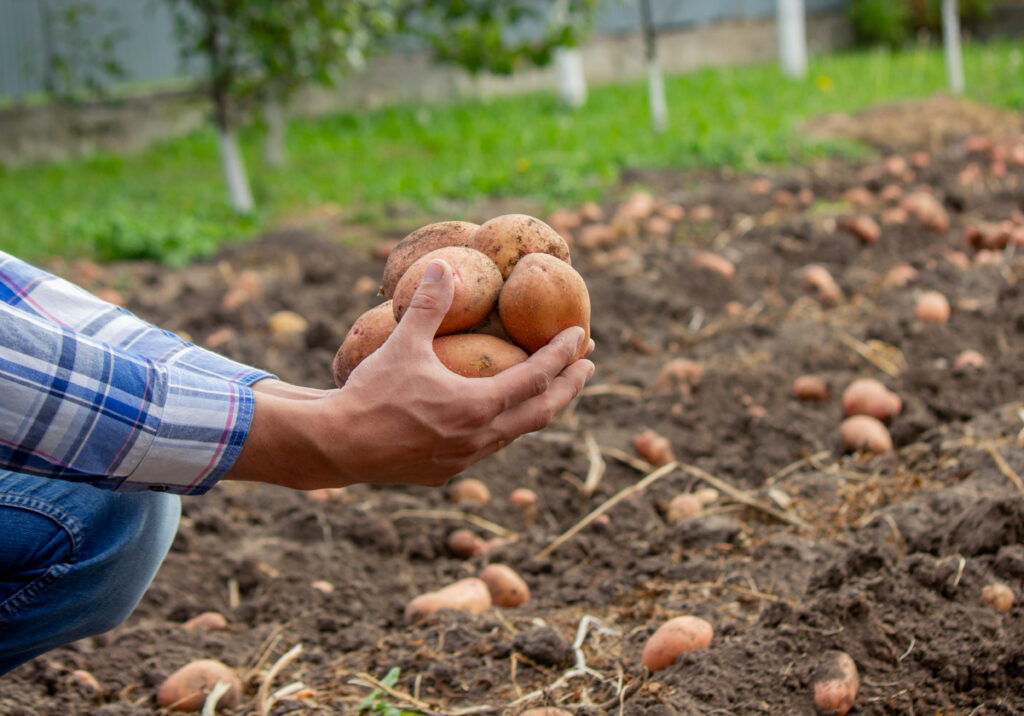Summary of RESPONSE OF POTATOES TO ORGANIC FERTILISER RATE: YIELD, TUBER QUALITY AND NUTRIENT UPTAKE
Understanding the Response of Potatoes to Guano-Based Organic Fertiliser
The response of potatoes to different rates of guano-based organic fertiliser was studied during the spring-summer seasons of 2003 and 2004 at CCORAV’s experimental farm in Grotte di Castro, Viterbo, Central Italy. The study aimed to evaluate the impact of five fertiliser rates on potato yield, tuber quality, nitrogen uptake, and nitrogen use efficiency.
Experimental Setup for Potato Response
A randomized complete block design with four replicates compared five fertiliser rates: 0, 0.5, 10, 15, and 20 t ha⁻¹ of guano-based fertiliser (10.0N-1.3P-2.5K). Researchers measured tuber sizes, leaf nitrogen concentration, and overall marketable yield to assess the response of potatoes to the treatments.
Key Findings on Potato Yield and Quality
The fertiliser rate did not significantly affect the yield of large tubers (>75 mm) or small tubers (<45 mm). However, increasing the rate consistently raised the yield of medium-sized tubers (45–75 mm) and total marketable yield. The linear relationship between leaf nitrogen concentration at the blooming stage and fertiliser rate indicates that nitrogen status likely influenced these improvements.
Nitrogen Uptake and Efficiency in Potatoes
As fertiliser rates increased, tuber nitrogen uptake also increased. Interestingly, nitrogen use efficiency showed a decreasing trend with higher fertiliser rates, suggesting a balance must be maintained to optimise both yield and nutrient efficiency.
Conclusion on the Response of Potatoes
Overall, the response of potatoes highlights that moderate applications of guano-based organic fertiliser can boost marketable yield, particularly for medium-sized tubers, while careful management is required to maintain nitrogen use efficiency. These findings provide valuable insights for sustainable potato farming in Central Italy and similar regions.
Publication: Acta Horticulturae









